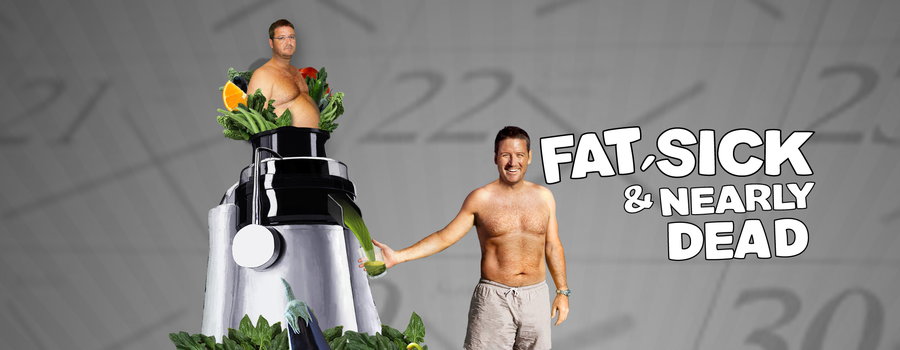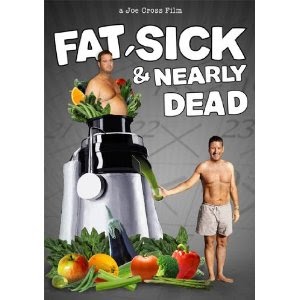


Bt tenebrionis and Bt japonensis control beetle larvae.Bt aizawai and Bt kurstaki controls caterpillars of moths and butterflies.Bt israelensis controls immature mosquitos, flies, and gnats.1 mosquito larvae, photo credit: James Gathany, CDC 2,3 Some strains of Bt toxins are also toxic to nematodes. 1Įach type of Bt toxin is specific to the target insect family. 10,12 Young insect larvae are most affected. The insect larva dies of infection and starvation. The activated toxin breaks down the insect's gut lining. 2,10 This is different from the human gut, which has a low pH and is more acidic. 2 The insect gut must have a pH of 9.0 to 10.5 (high pH) in order to activate the toxin. Spores made by Bt damage the gut of insect larvae after the larvae eat them. If you wish to discuss a pesticide problem, please call the National Pesticide Information Center at 80. For additional treatment advice, contact the Poison Control Center at 80. If any exposures occur, be sure to follow the First Aid instructions on the product label carefully. IMPORTANT: Always follow label instructions and take steps to minimize exposure. The other ingredients can pose greater risks than the Bt itself. While many of the other ingredients may not pose health or environmental risks, some of them can be toxic. Products you buy from the store include other ingredients in addition to Bt. Technical Grade Bt: This fact sheet refers to the spores of Bt and the toxins the spores release when insects eat them. 8 Some of these products are approved for use in organic agriculture. Common products include sprays, dusts, granules, concentrates, and pellets. They are used in greenhouses, non-residential buildings, in aquatic settings, and in aerial applications. 7 Bt products are used on crops and ornamental plants. 6 What are some products that contain Bt?Ĭurrently, Bt is found in over 130 registered pesticide products. 2 Some of these unwanted toxins may be harmful to non-target animals and people. EPA requires routine testing to ensure that unwanted toxins and bacteria are not present. 5īt has been registered for use in pesticides by the U.S. It is used to kill beetles and the larvae of mosquitoes, black flies, and moths. Target insects include the beetle family, the fly family including mosquitoes, and the butterfly family. Each type or strain affects different insect groups. In general, biopesticides tend to pose fewer risks than typical human-made pesticides. 2 Because Bt comes from a natural source, it is called a biopesticide. Bt spores have proteins that are toxic to insect larvae when eaten. To reproduce, Bt makes spores that grow into new bacteria.

1 The Bt toxin made by the plant is called a "plant-incorporated protectant." What is Bacillus thuringiensis ( Bt)? tomato hornworm, photo credit: pam carter, pixabayīt is a bacterium that is found naturally in soils throughout the world. The plants make Bt proteins (toxins) that only target specific insects. They're called "genetically engineered" or "transgenic" crops because they use DNA from Bt bacteria. This fact sheet describes Bt used as a pesticide in sprays, granules, and other products. Can Bt affect birds, fish, and other wildlife?.Are children more sensitive to Bt than adults?.Has anyone studied non-cancer effects from long-term exposure to Bt?.Is Bt likely to contribute to the development of cancer?.What happens to Bt when it enters the body?.What are some signs and symptoms from a brief exposure to Bt?.What are some products that contain Bt?.


 0 kommentar(er)
0 kommentar(er)
